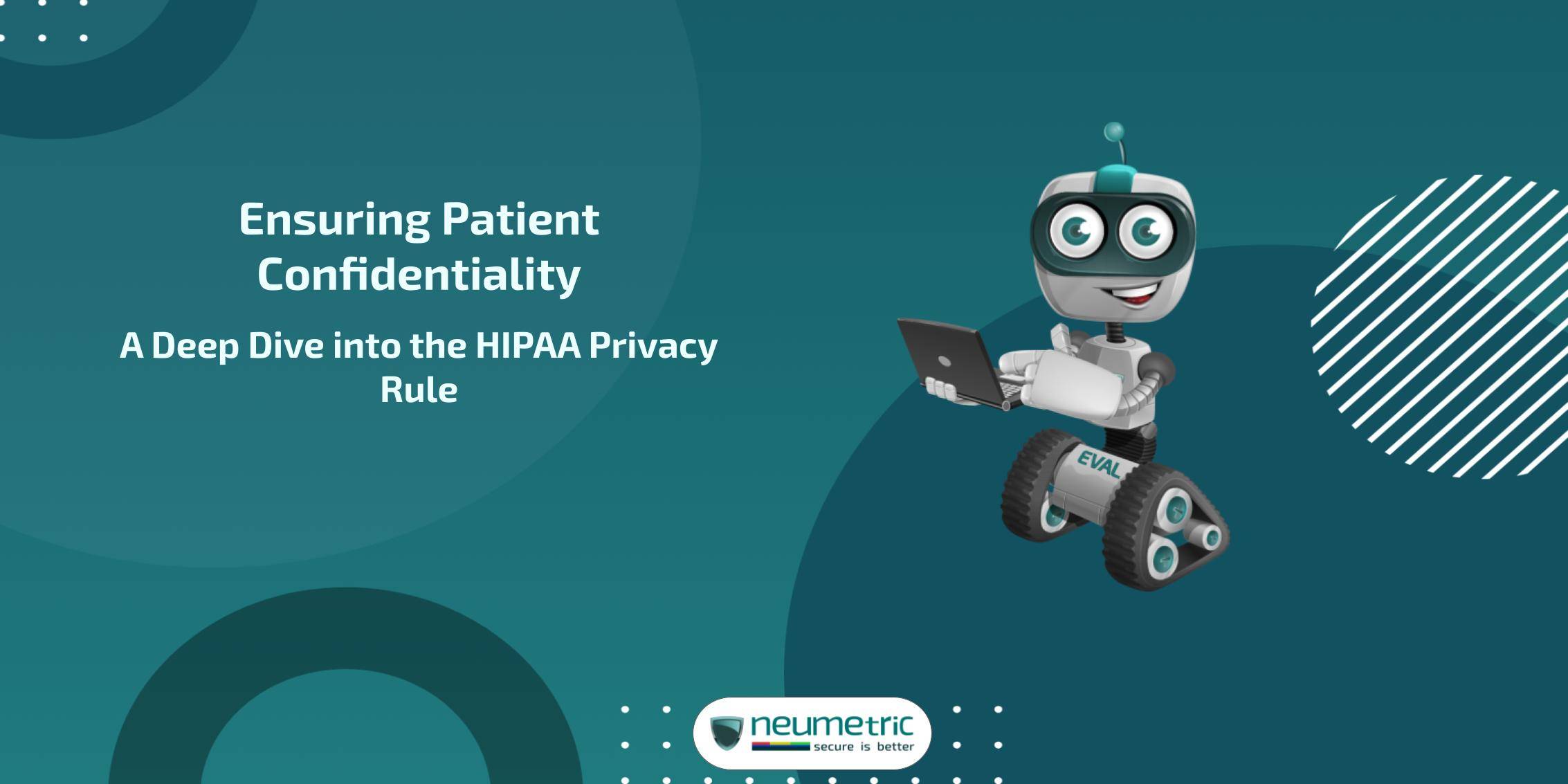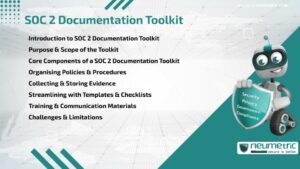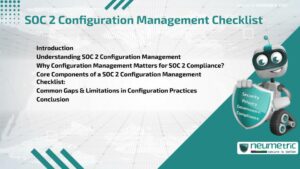Table of Contents
ToggleEnsuring Patient Confidentiality: A Deep Dive into the HIPAA Privacy Rule
Introduction
In the intricate realm of healthcare, one of the cornerstones of trust between patients & providers lies in the safeguarding of sensitive information. Patient confidentiality is not just an ethical consideration but a legal imperative & at the heart of this safeguarding effort is the Health Insurance Portability & Accountability Act [HIPAA] Privacy Rule.
In a world where information flows faster than ever, the need to secure patient data is paramount. Imagine a scenario where your most personal health details are treated with the utmost care, ensuring your privacy is not compromised. This is precisely what the HIPAA Privacy Rule aims to achieve.
Beyond the technicalities, this journal embarks on a journey to unravel the significance of patient confidentiality & the pivotal role played by HIPAA in ensuring this confidentiality is not just a promise but a practised reality in the healthcare landscape. Join us as we navigate the complexities of the HIPAA Privacy Rule, understanding its nuances & exploring the measures in place to shield patient information from prying eyes.
Understanding HIPAA and HIPAA Privacy Rule
HIPAA or the Health Insurance Portability & Accountability Act, is a formidable presence in the realm of healthcare confidentiality. Let’s delve into the intricacies of this regulatory framework, examining its objectives, evolution & the critical areas where it applies.
Objectives & Evolution
The objectives of the Health Insurance Portability & Accountability Act [HIPAA] are multifaceted, aiming to address various aspects of healthcare, privacy & data security. Here are the key objectives of HIPAA:
- Privacy Protection: One of the primary objectives of HIPAA is to safeguard the privacy of individuals’ health information. It establishes standards to ensure that sensitive health data, known as Protected Health Information [PHI], is kept confidential & is not improperly disclosed.
- Facilitation of Healthcare Portability: HIPAA seeks to enhance the portability of health insurance coverage. It provides provisions that allow individuals to maintain their health coverage even when changing jobs or insurance plans, promoting continuity in healthcare access.
- Standardisation of Electronic Transactions: With the increasing digitization of healthcare data, HIPAA aims to standardise electronic transactions in the healthcare industry. This includes the establishment of uniform codes & formats for electronic health information exchange, reducing administrative complexities.
- Fraud & Abuse Prevention: HIPAA addresses fraud & abuse within the healthcare system. It includes provisions to detect & prevent fraudulent activities, ensuring the appropriate use of healthcare resources & funds.
- Improvement of Data Security: Recognizing the growing importance of electronic health records, HIPAA establishes security standards to protect the integrity & confidentiality of electronic PHI. This includes implementing measures like encryption & access controls to prevent unauthorised access.
- Enhancement of Patient Rights: HIPAA empowers individuals by providing them with certain rights regarding their health information. This includes the right to access their medical records, control over the use & disclosure of their PHI & the ability to request corrections to inaccuracies.
- Streamlining Administrative Processes: The Act aims to streamline administrative processes in the healthcare industry, reducing paperwork & administrative burdens. This enhances the efficiency of healthcare operations & facilitates smoother interactions between covered entities.
Scope & Applicability
HIPAA isn’t a uniform standard applied indiscriminately. It operates with discernment & grasping its scope is essential. Where does the influence of HIPAA extend & where does it taper off? Covered Entities:
- Healthcare Providers: This includes doctors, hospitals, clinics, pharmacies & other entities that provide healthcare services.
- Health Plans: Insurers, HMOs, company health plans & government programs like Medicare & Medicaid fall under this category.
- Healthcare Clearinghouses: These entities process nonstandard health information into standard data sets, such as billing services.
- Business Associates (Entities that Assist Covered Entities): Business associates are individuals or organisations that perform services for or on behalf of covered entities involving the use or disclosure of PHI. This can include IT providers, billing companies & legal consultants.
- Individually Identifiable Health Information (Protected Health Information [PHI]): HIPAA primarily applies to individually identifiable health information, known as PHI. This includes any information that can be linked to an individual, such as names, addresses, medical records & even demographic information.
- Standardised Electronic Transactions: HIPAA establishes standardised codes & formats for electronic healthcare transactions, ensuring consistency in electronic data interchange. This encompasses transactions related to claims, enrollment & payment.
- Electronic Health Information Exchange: HIPAA applies to organisations engaged in electronic health information exchange, aiming to ensure the secure & standardised sharing of health information between different entities.
- Employers: HIPAA generally does not apply to employers unless they also function as health plans. Life Insurers, Employers, Workers’ Compensation Carriers: These entities might not be considered covered entities under HIPAA.
HIPAA Compliance
Policies & Procedures:
- Policy Development: Covered entities & business associates are required to establish & maintain comprehensive policies & procedures that outline how they will comply with the HIPAA Privacy Rule & Security Rule.
- Training & Education: Regular training programs are essential to ensure that employees understand & adhere to HIPAA policies. This includes educating staff on privacy practices, security measures & the importance of protecting PHI.
- Documentation: Proper documentation of policies & procedures is crucial. This includes records of workforce training, risk assessments & any actions taken to address non-compliance.
Security Measures:
- Risk Analysis & Management: Covered entities must conduct a thorough risk analysis to identify potential vulnerabilities & implement measures to mitigate risks to the confidentiality, integrity & availability of electronic PHI.
- Technical Safeguards: Implementing measures such as encryption, access controls & secure communication channels to protect electronic PHI.
- Physical Safeguards: Implementing measures to restrict physical access to facilities & equipment containing PHI.
- Administrative Safeguards: Establishing administrative processes, such as security management & information access management, to ensure ongoing compliance.
Audits & Enforcement:
- Internal Audits: Covered entities should conduct internal audits to assess their compliance with HIPAA regulations. This includes regular reviews of policies, procedures & security measures.
- External Audits: The Department of Health & Human Services [HHS] may conduct audits of covered entities & business associates to assess compliance with HIPAA requirements.
- Enforcement Actions: Non-compliance with HIPAA can lead to enforcement actions, including fines & penalties. Entities found in violation may be required to implement corrective action plans to address deficiencies.
Ensuring HIPAA compliance is an ongoing process that requires a combination of well-defined policies & procedures, robust security measures & regular audits to identify & address potential risks. The enforcement aspect reinforces the importance of adherence to HIPAA regulations, promoting a culture of continuous improvement in protecting the privacy & security of individuals’ health information.
Challenges & Best Practices
- Balancing privacy & information sharing:
- The tightrope act: Navigating the delicate balance between safeguarding patient privacy & sharing necessary information for effective healthcare.
- HIPAA guidelines: Setting the standards, but healthcare providers face the challenge of not withholding crucial data while still upholding privacy.
- Addressing digital age challenges:
- Data at warp speed: In an era of rapid information exchange, cybersecurity threats loom large.
- Managing electronic health records: The digital age brings convenience but also complexity in keeping up with the confidentiality of health data.
- Best practices for confidentiality:
- Continuous education: Regular training for healthcare professionals to keep them abreast of evolving safeguarding practices.
- Fortifying cybersecurity: From encryption to secure communication, building a robust defence against digital threats.
- Routine check-ups & audits: Establishing a culture where adherence to patient confidentiality isn’t just a task, but a collective responsibility.
Conclusion
As we wrap up this journey through the intricacies of the HIPAA Privacy Rule, it’s crucial to reflect on the essence of patient confidentiality & the role played by this regulatory framework.
In essence, patient confidentiality isn’t just a legal obligation—it’s a commitment to respect the narratives embedded in each individual’s health journey. The HIPAA Privacy Rule serves as a guardian, weaving a protective shield around sensitive health information.
Throughout this exploration, we’ve dissected the key components of the HIPAA Privacy Rule, from understanding what falls under Protected Health Information [PHI] to recognizing the pivotal roles of Covered Entities & Business Associates. We’ve delved into the practices & measures that ensure HIPAA compliance, creating a robust defence against the ever-evolving challenges of the digital age.
Challenges in balancing privacy & information sharing have been acknowledged & best practices for maintaining confidentiality have been unveiled. The healthcare landscape is dynamic & as we navigate this terrain, the call is not just for compliance but for a collective commitment to upholding the sanctity of patient information.
In conclusion, the journey doesn’t end with regulations & guidelines; it extends into the realm of human responsibility. Patient confidentiality is a narrative that deserves utmost respect & the HIPAA Privacy Rule stands as a testament to the commitment to preserving this sanctity.
FAQ
Why is patient confidentiality so crucial & how does HIPAA ensure it?
Patient confidentiality is crucial as it maintains trust. HIPAA or the Health Insurance Portability & Accountability Act, ensures confidentiality by setting clear rules for handling Protected Health Information [PHI]. It establishes guidelines for its use, disclosure & protection.
Can you provide examples of PHI & explain how HIPAA protects it?
PHI includes medical history, treatment plans & identifiers like names when linked with health data. HIPAA protects PHI by mandating strict rules for its use & safeguarding. Covered Entities & associates must follow specific policies & procedures to ensure confidentiality.
How does HIPAA adapt to challenges in the digital age?
In the digital era, HIPAA adapts by requiring robust security measures. Encryption, secure communication channels & stringent policies on electronic health records are vital for HIPAA compliance, ensuring health information remains confidential amid cybersecurity threats.
What are the key challenges in balancing patient privacy & information sharing in healthcare?
Balancing patient privacy & information sharing is challenging. HIPAA sets guidelines, but healthcare providers must navigate complexities to provide comprehensive care without compromising privacy. Striking this balance involves adhering to ethical & legal standards outlined by HIPAA.
How can healthcare professionals adopt best practices for patient confidentiality under HIPAA?
Healthcare professionals can adopt best practices by staying updated through regular training. Robust cybersecurity measures, including encryption & secure communication, are crucial in the digital age. Routine check-ups & audits ensure compliance, creating a culture where maintaining patient confidentiality is a collective responsibility.





